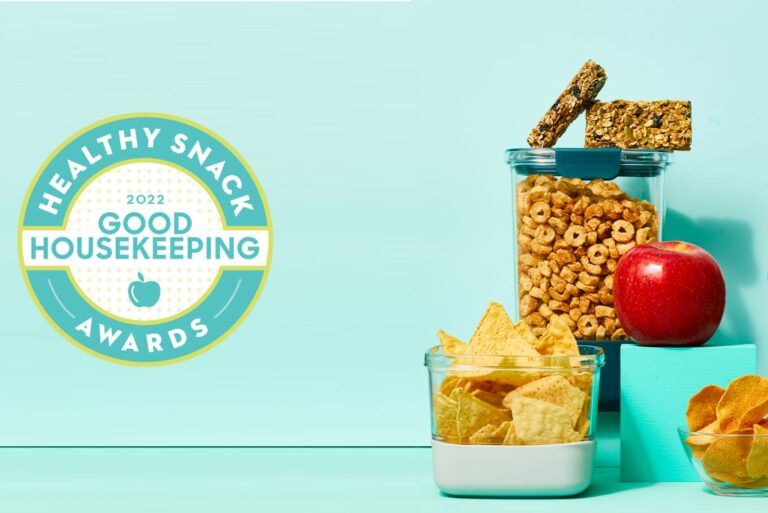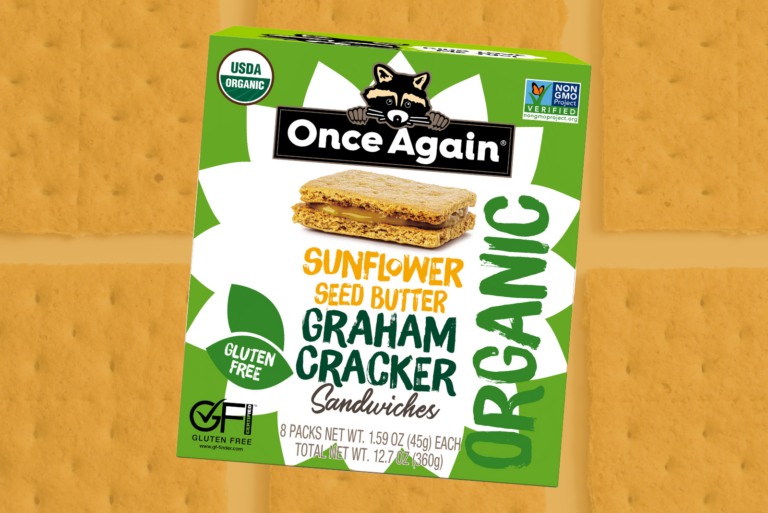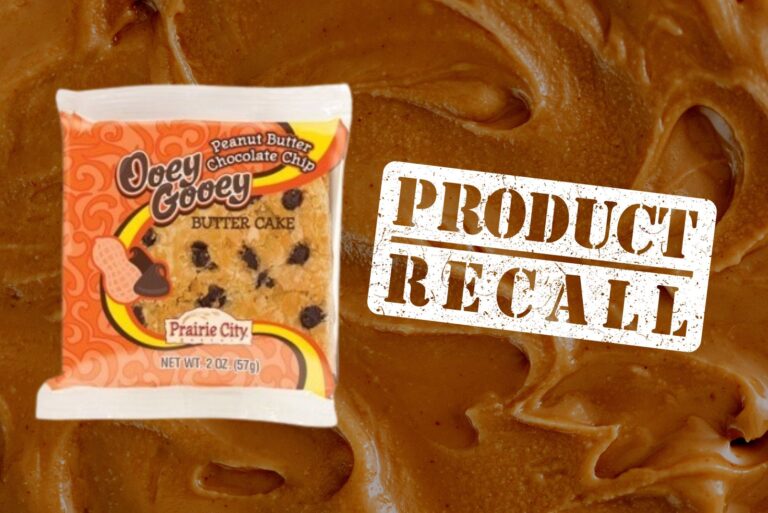AUSTIN, TX— Modern-day health-and-wellness looks quite different now than it did just a few years ago. “Healthy” is a lifestyle choice — a concept, if you will — where consumers see individual products as pieces of a puzzle, and the sum is often greater than its parts.
This has paved the way for a bevy of new bakery and snack brands, and that’s capturing investors’ attention. In the CPG space, innovation has become eye-catching, especially for entrepreneurially spirited venture capital (VC) funds.
Genevieve Gilbreath, co-founder and general partner for Springdale Ventures, a VC fund investing in emerging health-and-wellness and lifestyle consumer brands, knows firsthand what it’s like to be a startup in need of capital.
“I’ve been an entrepreneur in the consumer product space since the early 2000s,” Gilbreath said. “At that time, there weren’t a lot of smaller funds in the consumer space, and it was really challenging.”
After the transaction of her second brand, Gilbreath ran an accelerator called SKU to help other entrepreneurs learn how to fundraise and scale their businesses. It was there she discovered the cyclical challenges that come with fundraising, and she set out on a mission to secure capital for early-stage CPG brands.
“A lot of these founders would have a great idea and their brand would have a good market fit, so they’d start to scale,” she said. “Then they would go out for capital, and they’d either have to talk to a million different angels, or they’d find tech or real estate investors who didn’t know how to scale a consumer brand.”
Gilbreath, along with her co-founder and fellow entrepreneur Dan Graham, raised a nearly $27 million VC fund in 2019 with a strategic plan to support innovative companies scaling quickly and needing early-stage capital.
“It was twofold,” Gilbreath said. “I wanted to give back by helping entrepreneurs, and I saw real white space in the market where we could add value and build that for our investors.”










